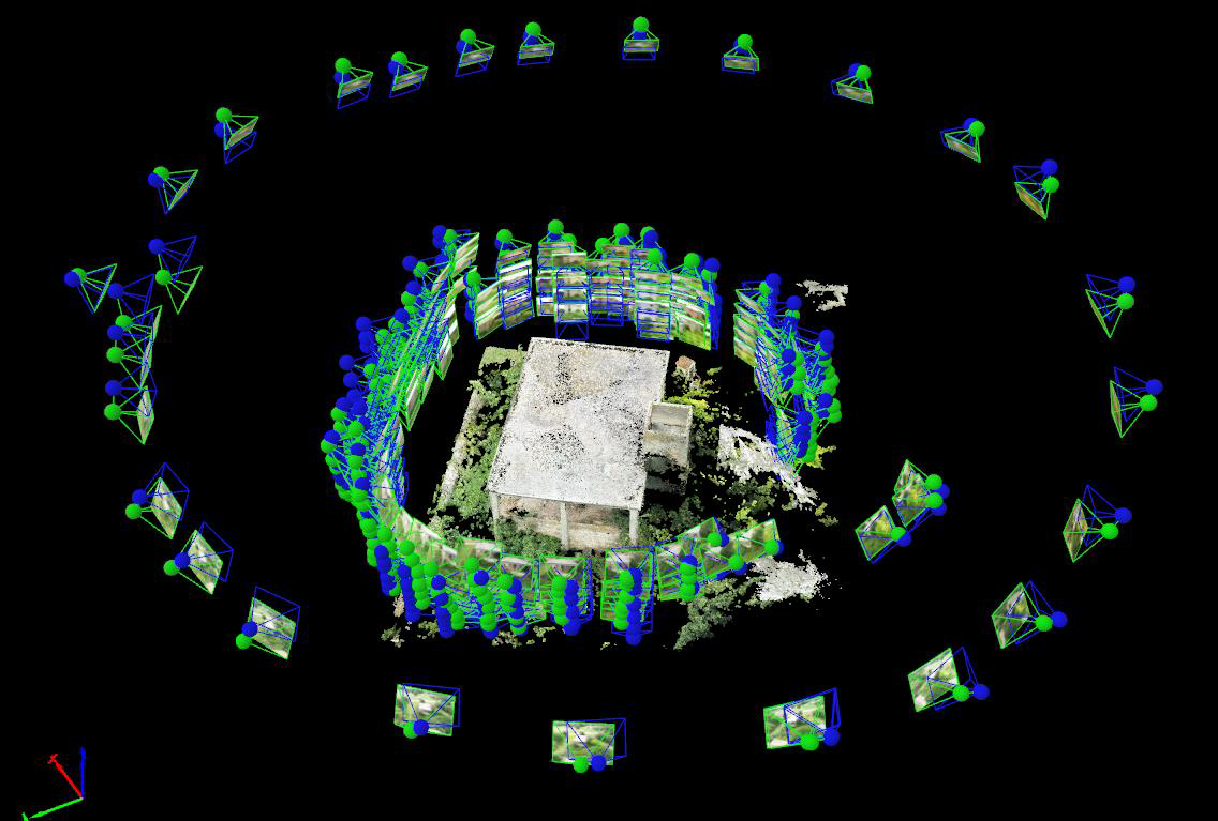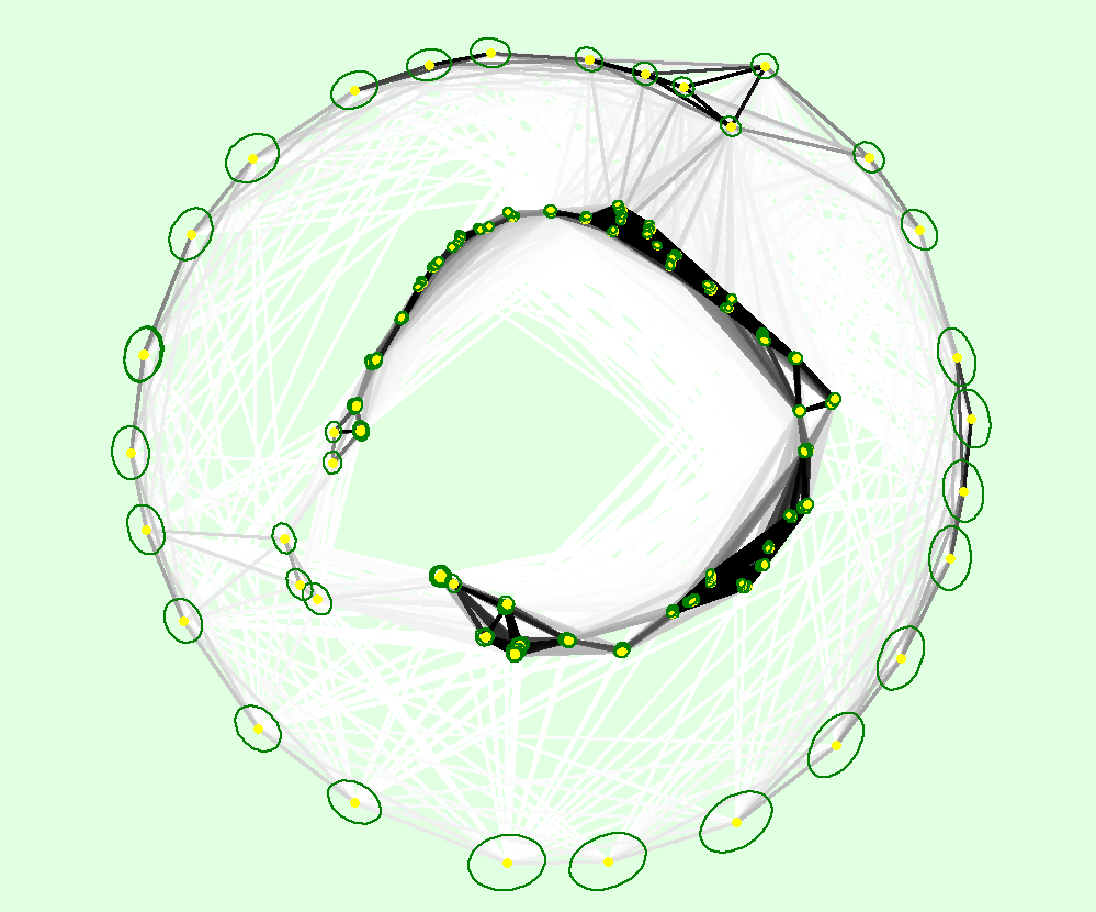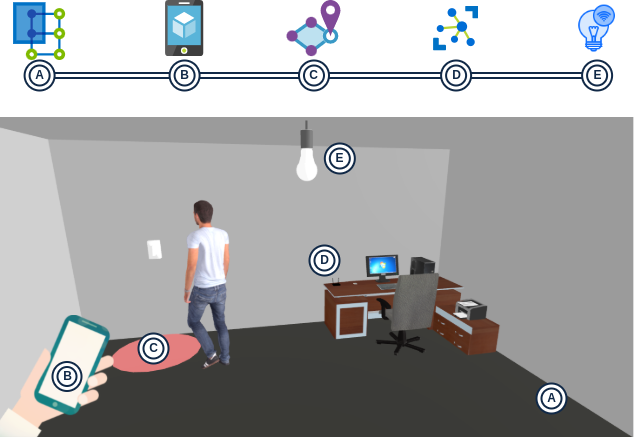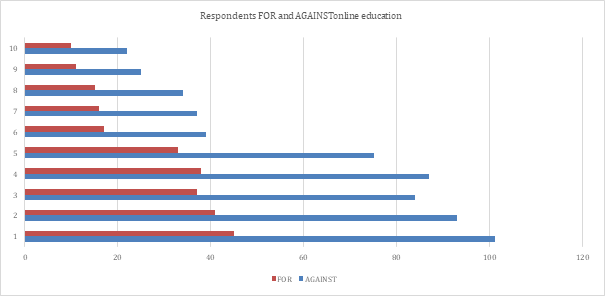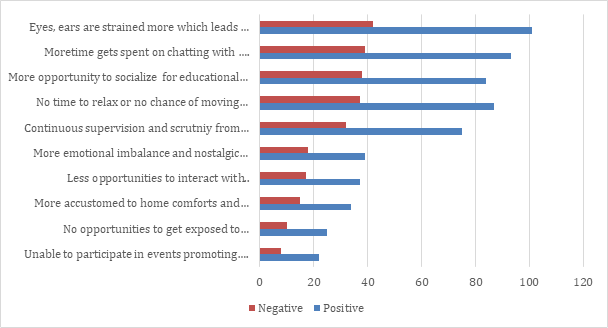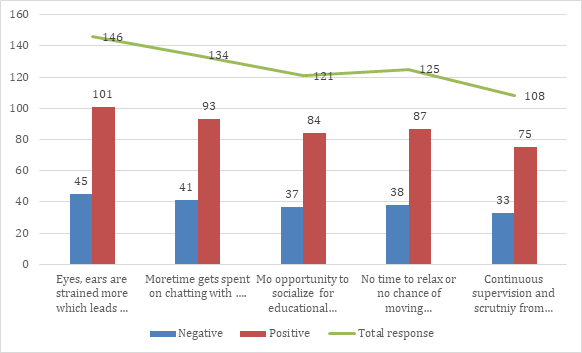Short Paper Summary
As Mixed Reality applications are penetrating people’s daily activities, strong synergies with Geospatial technologies and the Internet of Things are revealed. The first is due to the significance of the spatial reference of all involved actors of a Mixed Reality environment: the end-user, the real and the virtual objects. The second is due to the ever-increasing participation of sensors controlling devices and machines always and everywhere. This paper attempts to highlight these synergies and propose a case proving that they crucially empower a Mixed Reality experience.
Keywords
Introduction
Mixed Reality applications have now penetrated people's daily lives, contributing, among many other things, to navigation decisions, such as Google Maps [1], entertainment, [2, 3] education and training [4]. Ubiquitous networking and interoperable browsers have brought such applications from a niche technology to the mainstream of modern life. Major components of a Mixed Reality environment are the observer-user participating in an immersive experience, the physical environment and the virtual one [5]. In an ideal case, it is not irrational to state that virtual objects “are aware” of the physical ones in a Mixed Reality environment. In other words, virtual objects interact with real ones [6]. By scanning and creating a three-dimensional digital equivalent of the physical world in real-time, e.g. through LIDAR-based techniques [7], one can transfer the physical properties to the virtual world [8], thus making them accessible by virtual objects. Alternatively, a digital twin of the real world may be deployed through capturing with high-resolution cameras and applying photogrammetric techniques [9]. These last-mentioned techniques are mainly used today for real-world capturing purposes and highlight a strong connection of Mixed Reality with Geospatial Technologies [10].
An effective way to empower a Mixed Reality experience without specialised equipment is to exploit the Internet of Things (IoT) through its associated technologies. IoT has contributed to the convenience and comfort of people's daily lives, providing many benefits, including interoperability and ease of control over the Internet. Every day, more professional or household environments upgrade their materials to smart counterparts (refrigerators, lights, TVs) [11]. The benefits of exploiting this technology are not limited to performing everyday tasks or controlling smart home appliances. For example, this technology has produced exceptional outcomes in infrastructure control [12] and data monitoring [13, 14]. At the same time, rapid technological developments are happening in hardware equipment of smart devices and Web Technologies. These include programming languages such as JavaScript and Web APIs that allow browsers to access smart device components such as graphics cards and sensors (GPS, gyroscope, camera) [15].
Utilising the technologies mentioned above, it is possible to allow virtual objects to perform actions on real ones. In this paper we demonstrate such an interaction by implementing a scenario through which an end user is ordering via a smart device to a virtual person to turn on/off the lights of a natural space where smart lighting has been installed.
Methods
2.1 Mapping the environment with Geospatial Technologies
Object recognition [16] and RGB depth mapping [17] are the prevailing techniques currently utilised to capture physical areas and objects of the natural world and support contextual awareness in Mixed Reality environments. Although they dominate in terms of direct and real-time capturing, they are inferior in object resolution issues and their capabilities for large areas capturing are poor. Traditionally, TDS (Total Data Stations) or GNSS (Global navigation satellite system) receivers were used to develop 3D models of the real world. Later, during the last decades, LiDAR or Laser Scanning became the ultimate mapping tool for 3D mapping purposes [18]. Today, with the evolution met in DSLR (Digital single-lens reflex) cameras and UAVs (Unmanned Aerial Vehicles), Photogrammetry has become the ultimate mapping technique. It produces 3D models reconstructed from images, and in contrast with LiDAR, it is applicable wherever reflectance exists (Figure 1) [19]
Figure 1: Capturing an area with high-resolution cameras and developing the digital surface model by employing photogrammetric techniques
Having already captured an area and developed a digital surface model, potential imported virtual objects in a Mixed Reality environment possess an apparent spatial reference. Consequently, they may develop elaborated movements over this area to enhance the immersive experience of the end-user.
Connecting smart devices utilising the IoT
The Internet of Things (IoT) connecting smart home appliances such as bells, lights, locks, security cameras and thermostats has made it easy for everyone to install and use these gadgets at home. However, you still need some sort of mechanism to control them [20]. These mechanisms differ and can be classified by energy efficiency, range coverage, security and scalability. The values of these features are mainly defined by the communication protocol of the smart devices. The protocols can initially be categorised into wired [21] and wireless [22][23], and some of them are Power Line Communication (PLC), Z-Wave, and Zigbee. In addition to the above protocols, communication and management of smart devices can be achieved through browsers, taking advantage of specific Web APIs such as the Fetch API[24][25], Bluetooth API[26][27] or the experimental USB API[28][29]. Furthermore, some manufacturers offer specific APIs to communicate with their products. For example, the WiZ and Phillips companies offer the WiZ Pro API [30] and the Phillips Hue API [31] to control their devices via HTTP Requests. In addition to this, researchers have proposed frameworks for specific APIs to ensure interoperability among devices [32].
Results
The application proposal examines the scenario in which a virtual object in a Mixed Reality environment visualised through a smartphone using a modern browser interacts with a smart device (physical object). The smart device is the Phillips Hue smart light bulb. The communication with the lamp is made over the Phillips Hue Bridge 2.0 smart hub that uses the ZigBee wireless protocol. This smart hub will allow us to programmatically control the state of the bulb using HTTP Requests with JavaScript based on Phillips’s well-documented Lights API [33].
For this to happen, the first step is to create a virtual geospatial world (Figure 2) [34]. Geospatial worlds are virtual scenes that allow virtual object placement and animations of moving ones to occur, with their position referencing the actual coordinates on the globe.
Figure 2: Representation of a virtual geospatial world of a small city block
As depicted in Figure 3 (a) is the creation of the digital twin of the area (virtual geospatial world), in our case, an office area. This area can be used as a mask object to enable real to virtual occlusion [6], thus creating a Mixed Reality environment by allowing spatial and entity awareness among realities. The second step (b) involves the user observing the MR Environment from a smartphone.
Figure 3: Representation of the discrete nodes that make virtual to real interaction possible: a) the digital twin, b) the visualisation media, c) the area in which when the virtual man enters, an HTTP Request is triggered from the visualisation media to the Smart Hub, d) the Smart Hub and e) the Smart Light bulb.
As the smartphone renders the whole scene, it is responsible for communicating with the smart hub to trigger the “light on” event. We have defined the area of the switch as shown in Figure 3 (c), and when the virtual man enters that area, the smartphone will inform the smart hub to turn on the light. To detect when the virtual man enters the anchor area, we used the bounding box of the area and the virtual man’s position. When the man enters the area, the application running on the user’s smartphone (b) sends an HTTP Request (Figure 4) to the smart hub (d) to turn on the lights (e).
Figure 4: An example of the HTTP Request sent to alter the state of the light.
Conclusions & Contributions
In previous work [35], we proposed a modality-based interaction taxonomy that makes it easier for researchers to detect gaps in human-computer interactions in immersive environments. Through this taxonomy, we can locate the contribution of the current research work in the Sensor-Based Modality with IoT-Based context and define the Physical Task Execution method.
Figure 5: Defining the modality, context and naming the method of interaction proposed in this research work
An alternative taxonomy that can induce lateral thinking is categorising interactions among realities based on the environment they participate in (virtual or real). Based on this concept, we singled out four basic ways of interacting with environments:
- real to real: Interaction of a physical object with another physical object.
- real to virtual: Interaction of a physical object with a virtual one. This can be achieved by creating a digital twin and presenting the illusion of the real interacting with the virtual (e.g., through partial or total occlusion).
- virtual to virtual: Interaction of a virtual object with another virtual object.
- virtual to real: Interaction of a virtual object with a physical object (by creating a digital twin and utilising the IoT and geospatial technologies)
Based on the latter classification, this research work introduced a virtual to real interaction by exploiting the Internet of Things.
The synergy of the Internet of Things, Geospatial technologies and Mixed Reality environments can support innovative applications that can contribute, among others, to cultural heritage promotion or the entertainment industry through creative interactions, providing enhanced immersion experiences. We demonstrated a simple example utilising these technologies. A more complex and impressive one could involve the synchronous movement of smart floor panels simulating ground waves to present an earthquake in a Mixed Reality scene. Freeing virtual objects from their virtual bonds by giving them the ability to perform tasks in conventional reality can also positively affect the user’s engagement, as things are no longer only taking place in a display but become somewhat real.
What is finally demonstrated is the capability of receiving real-time information on unlimited points of interest in real-world objects through input devices and sensors and triggering events by virtual objects based on the end-user position in the field of a Mixed Reality environment. All this evidences a scientific and substantial social impact through numerous potential applications to promote tourism and cultural resources and promote areas of high commercial or historic interest.
References
1. https://www.cnbc.com/2021/03/30/google-maps-launches-augmented-reality-directions-for-indoor-spaces.html
2. Stapleton, C., Hughes, C., Moshell, M., Micikevicius, P., & Altman, M. (2002). Applying mixed reality to entertainment. Computer, 35(12), 122-124.
3. Prattico, F. G., & Lamberti, F. (2020). Mixed-reality robotic games: design guidelines for effective entertainment with consumer robots. IEEE Consumer Electronics Magazine, 10(1), 6-16.
4. Hughes, C. E., Stapleton, C. B., Hughes, D. E., & Smith, E. M. (2005). Mixed reality in education, entertainment, and training. IEEE computer graphics and applications, 25(6), 24-30.
5. Rokhsaritalemi, S., Sadeghi-Niaraki, A., & Choi, S. M. (2020). A review on mixed reality: Current trends, challenges and prospects. Applied Sciences, 10(2), 636.
6. Evangelidis, K., Papadopoulos, T., & Sylaiou, S. (2021). Mixed Reality: A Reconsideration Based on Mixed Objects and Geospatial Modalities. Applied Sciences, 11(5), 2417.
7. Manghat, S. K., & El-Sharkawy, M. (2020, January). A multi sensor real-time tracking with LiDAR and camera. In 2020 10th Annual Computing and Communication Workshop and Conference (CCWC) (pp. 0668-0672). IEEE.
8. Coutrix, C., & Nigay, L. (2006, May). Mixed reality: a model of mixed interaction. In Proceedings of the working conference on Advanced visual interfaces (pp. 43-50).
9. Nex, F. (2011). UAV photogrammetry for mapping and 3d modeling–current status and future perspectives. International archives of the photogrammetry, remote sensing and spatial information sciences, 38(1/C22).
10. Mahmood, T., Fulmer, W., Mungoli, N., Huang, J., & Lu, A. (2019, October). Improving information sharing and collaborative analysis for remote geospatial visualization using mixed reality. In 2019 IEEE International Symposium on Mixed and Augmented Reality (ISMAR) (pp. 236-247). IEEE.
11. Kumar, P., & Pati, U. C. (2016, May). IoT based monitoring and control of appliances for smart home. In 2016 IEEE International Conference on Recent Trends in Electronics, Information & Communication Technology (RTEICT) (pp. 1145-1150). IEEE.
12. Phupattanasilp, P., & Tong, S. R. (2019). Augmented reality in the integrative internet of things (AR-IoT): application for precision farming. Sustainability, 11(9), 2658.
13. Atsali, G., Panagiotakis, S., Markakis, E., Mastorakis, G., Mavromoustakis, C. X., Pallis, E., & Malamos, A. (2018). A mixed reality 3D system for the integration of X3DoM graphics with real-time IoT data. Multimedia Tools and Applications, 77(4), 4731-4752.
14. Natephra, W., & Motamedi, A. (2019, May). Live data visualization of IoT sensors using augmented reality (AR) and BIM. In 36th International Symposium on Automation and Robotics in Construction (ISARC 2019).
15. Jackson, T., Angermann, F., & Meier, P. (2011). Survey of use cases for mobile augmented reality browsers. In Handbook of augmented reality (pp. 409-431). Springer, New York, NY.
16. Dasgupta, A., Manuel, M., Mansur, R. S., Nowak, N., & Gračanin, D. (2020, March). Towards real time object recognition for context awareness in mixed reality: a machine learning approach. In 2020 IEEE Conference on Virtual Reality and 3D User Interfaces Abstracts and Workshops (VRW) (pp. 262-268). IEEE.
17. Henry, P., Krainin, M., Herbst, E., Ren, X., & Fox, D. (2014). RGB-D mapping: Using depth cameras for dense 3D modeling of indoor environments. In Experimental robotics (pp. 477-491). Springer, Berlin, Heidelberg.
18. Schwarz, B. (2010). Mapping the world in 3D. Nature Photonics, 4(7), 429-430.
19. Barsanti, S. G., Remondino, F., & Visintini, D. (2012, June). Photogrammetry and Laser Scanning for archaeological site 3D modeling–Some critical issues. In Proc. of the 2nd Workshop on'The New Technologies for Aquileia', V. Roberto, L. Fozzati.
20. Triantafyllou, A., Sarigiannidis, P., & Lagkas, T. D. (2018). Network protocols, schemes, and mechanisms for internet of things (iot): Features, open challenges, and trends. Wireless communications and mobile computing, 2018.
21. Sikder, A. K., Acar, A., Aksu, H., Uluagac, A. S., Akkaya, K., & Conti, M. (2018, January). IoT-enabled smart lighting systems for smart cities. In 2018 IEEE 8th Annual Computing and Communication Workshop and Conference (CCWC) (pp. 639-645). IEEE.
22. Mainetti, L., Patrono, L., & Vilei, A. (2011, September). Evolution of wireless sensor networks towards the internet of things: A survey. In SoftCOM 2011, 19th international conference on software, telecommunications and computer networks (pp. 1-6). IEEE.
23. Al-Sarawi, S., Anbar, M., Alieyan, K., & Alzubaidi, M. (2017, May). Internet of Things (IoT) communication protocols. In 2017 8th International conference on information technology (ICIT) (pp. 685-690). IEEE.
24. https://developer.mozilla.org/en-US/docs/Web/API/Fetch_API
25. Jeng, S. L., & Chieng, W. H. (2020, August). Web-based HMI of industrial controllers for general purpose. In 2020 3rd IEEE International Conference on Knowledge Innovation and Invention (ICKII) (pp. 212-215). IEEE.
26. https://developer.mozilla.org/en-US/docs/Web/API/Web_Bluetooth_API
27. Carpentier, E., Thomasset, C., & Briffaut, J. (2019, November). Bridging the gap: Data exfiltration in highly secured environments using bluetooth iots. In 2019 IEEE 37th International Conference on Computer Design (ICCD) (pp. 297-300). IEEE.
28. https://developer.mozilla.org/en-US/docs/Web/API/USB
29. Ahn, S., Oh, H., & Choi, J. K. (2017, October). Hub-based Personal Web-Enabled Cross-Device Application. In 2017 IEEE 6th Global Conference on Consumer Electronics (GCCE) (pp. 1-3). IEEE.
30. https://docs.pro.wizconnected.com/#introduction
31. https://developers.meethue.com/develop/hue-api/
32. Asano, S., Yashiro, T., & Sakamura, K. (2016, October). A proxy framework for API interoperability in the internet of things. In 2016 IEEE 5th Global Conference on Consumer Electronics (pp. 1-2). IEEE.
33. https://developers.meethue.com/develop/hue-api/lights-api/
34. Evangelidis, K., Papadopoulos, T., Papatheodorou, K., Mastorokostas, P., & Hilas, C. (2018). 3D geospatial visualizations: Animation and motion effects on spatial objects. Computers & geosciences, 111, 200-212.
35. Papadopoulos, T., Evangelidis, K., Kaskalis, T. H., Evangelidis, G., & Sylaiou, S. (2021). Interactions in Augmented and Mixed Reality: An Overview. Applied Sciences, 11(18), 8752.
